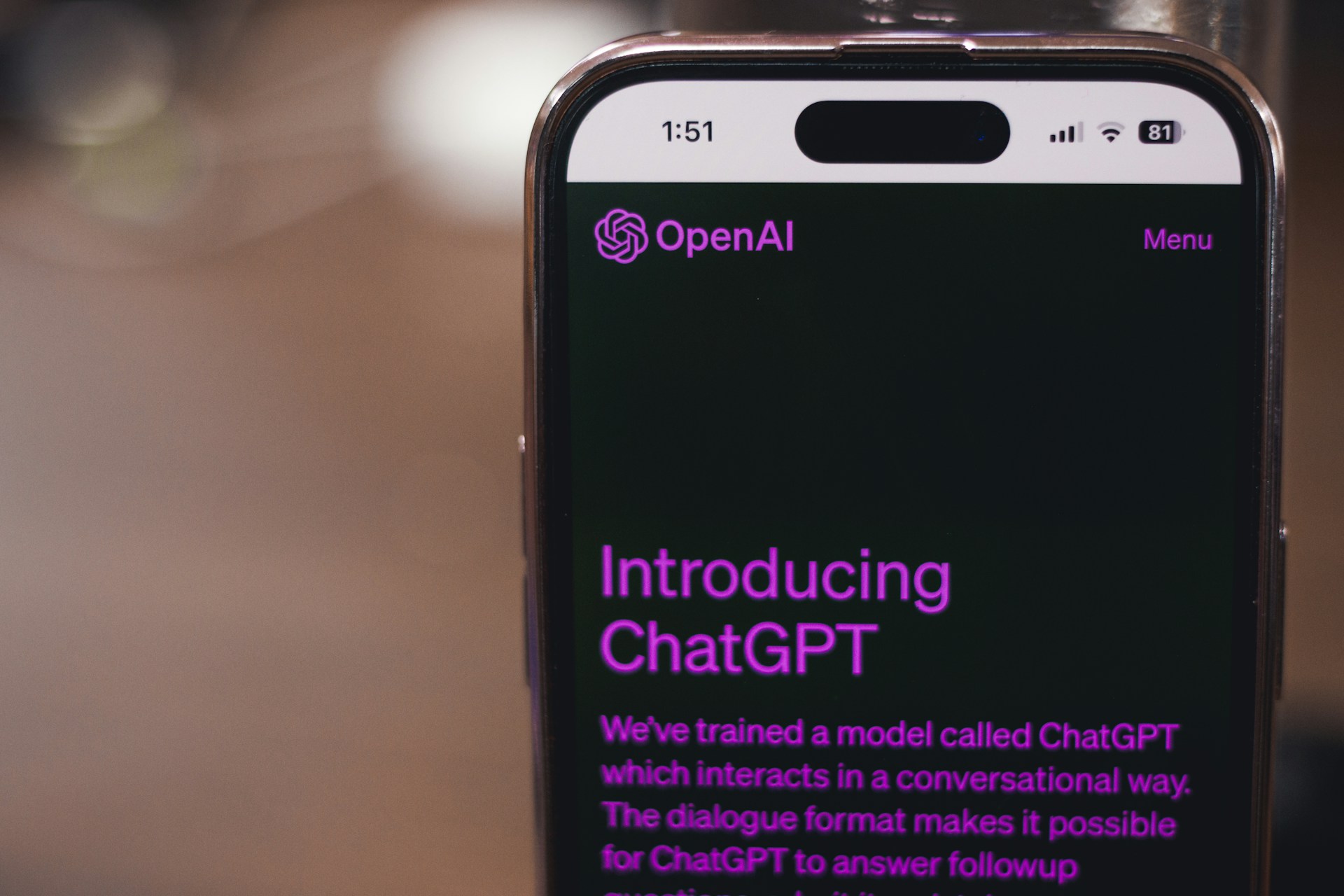
Every builder eventually hits this moment with AI:
You try a prompt.
It gives something half-right.
You tweak it. Still off.
Then you start thinking, “How do I get this thing to just do what I mean?”
That’s not a user problem. That’s a prompting problem.
And increasingly, it’s a skillset of its own — one that lives somewhere between system design, UX writing, and API orchestration.
Welcome to the job nobody formally taught us: Prompting Engineer.
Why Prompting Is Not Just “Talking to AI”
A lot of people treat LLMs like smarter search bars.
But if you’ve used GPT-4 for tasks like:
-
generating SEO-optimized product descriptions,
-
simulating users for UX testing,
-
creating SQL queries based on fuzzy specs,
-
or iterating tone for email automation…
You’ll know:
The first result is rarely the best.
You have to guide it. And that’s where prompting engineering kicks in.
It’s not about asking nicely. It’s about:
-
Structuring information clearly.
-
Handling ambiguity like a product manager.
-
Creating reusable systems like a backend dev.
-
Tuning output like a content strategist.
The prompt is your interface layer between human intent and machine generation.
A Developer’s View: Prompting Feels Like Glue Code
If you write code, prompting will feel familiar.
A good prompt is like writing a function:
-
Input: goal + constraints.
-
Logic: breakdown of steps, tone, formatting.
-
Output: testable result.
Want consistent results?
You start abstracting prompt components: headers, inputs, personality, fallback paths.
Eventually, you’re building prompt systems with memory, functions, conditionals --- basically like designing flows in code, just using language.
That’s why developers who understand logic and language are in a perfect spot to become great prompting engineers.
A Real Example: SEO Content Automation
Let’s say you want to generate 10 product descriptions for similar SKUs.
Bad prompt:
“Write a product description for a Bluetooth speaker.”
You’ll get fluff. No voice. No brand tone.
Prompting engineer approach:
-
Inject brand voice: “Write in a casual, confident tone like IKEA product copy.”
-
Add structure: “Intro (max 30 words), then 3 bullets on features, 1 CTA line.”
-
Embed constraints: “Avoid buzzwords like ‘revolutionary’ or ‘ultimate.‘”
-
Make it scalable: Create a prompt template that can ingest
product_name,key_features,use_case.
Result? A repeatable workflow that outputs consistent, usable content.
And that’s just one slice of prompting as a skill.
Why This Role Matters
AI tools are getting more powerful, but raw power is useless without guidance.
Prompting engineers don’t build the model.
They don’t train the data.
But they translate messy human needs into structured machine input.
They’re the glue between:
-
Product teams and AI tools
-
Data pipelines and content workflows
-
Strategy and execution
And that’s why this role is valuable --- especially for solopreneurs, marketers, and devs trying to move fast without hiring 5 people.
Prompting is no longer a trick.
It’s part design, part logic, part language.
And it’s becoming as fundamental as writing clean code or structuring good UX.
The best thing?
It’s still early — and you don’t need a title to get good at it.
You just need to start writing better instructions.